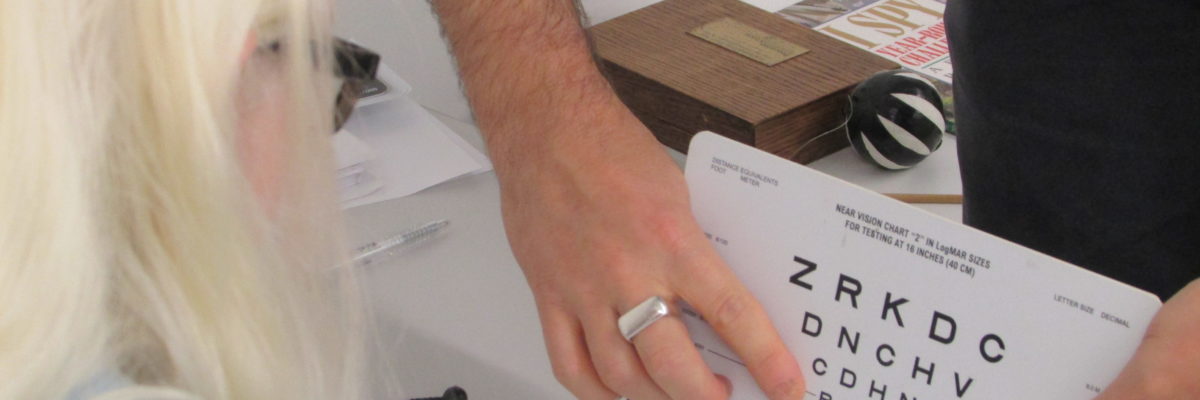If we all use the same strategies to interact with the student with low vision, that student can develop a greater sense of anticipation and predictability. This takes away the guess work and gives a sense of control.
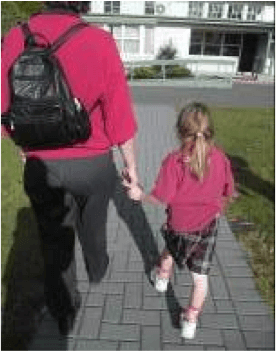
Guiding and supporting interaction
Approach: Say your name and offer to assist, taking TIME for the student to respond!
Contact: Offering the hand is a socially acceptable and known method. He then knows where you are, and he can take your arm, without ‘groping’.
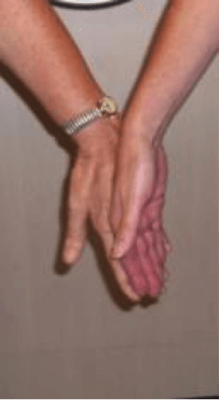
The Yoke Grip or other adapted grips may be useful
Yoke grip
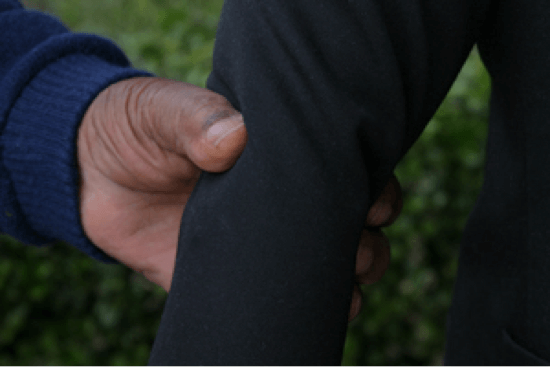
This adapted grip may be useful if the student needs more support.
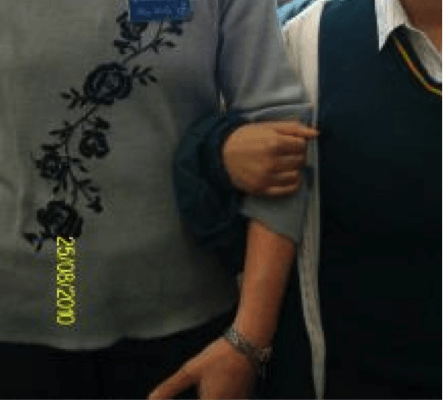
Shorter people may need to hold lower than the elbow.
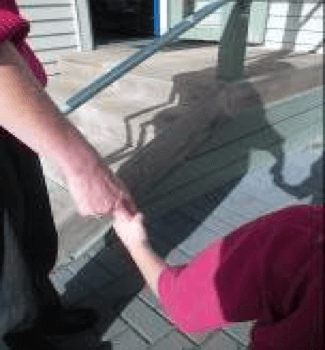

Other guiding techniques
Narrow spaces.
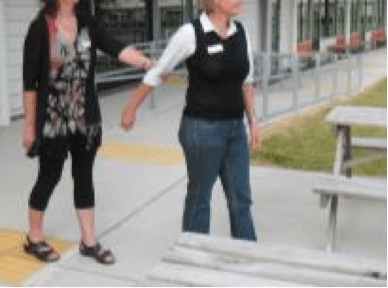
Contacting objects.
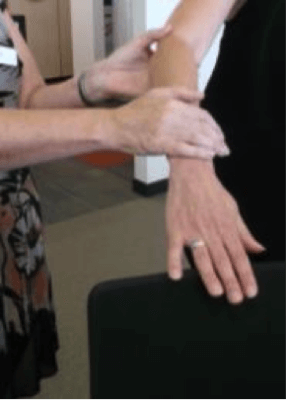
Steps
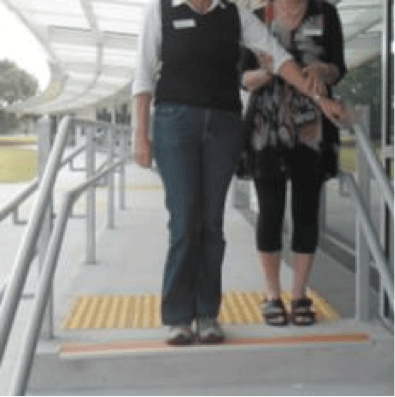
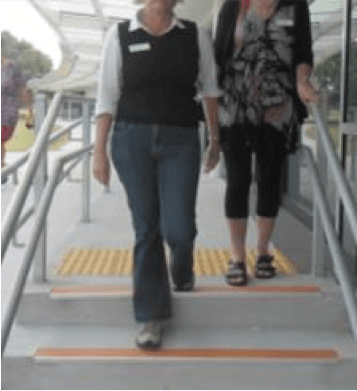
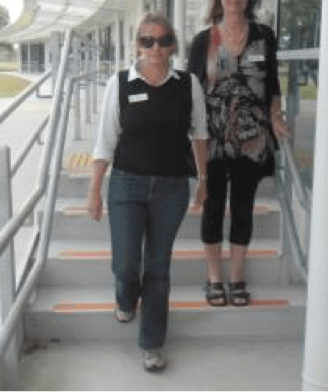
Encouraging connection with the world
Use hand under hand if needed.
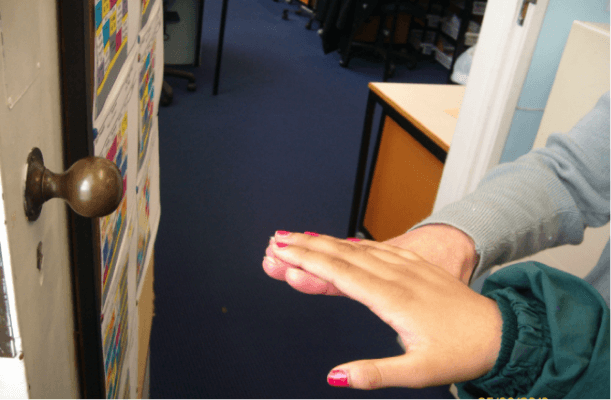
Better still, if needed encourage trailing down your arm or the cane. Or if needed use the Three Stage Prompt:
- Verbal – wait,
- Verbal with tapping or other concrete clue,
- Hand under hand.
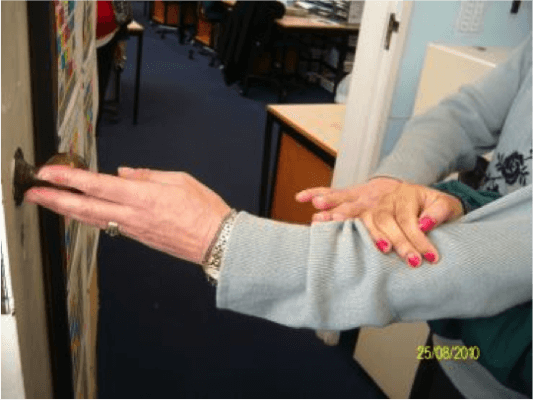
Guiding strategies
Even better use guiding to support engagement with the world and learn strategies such as trailing.
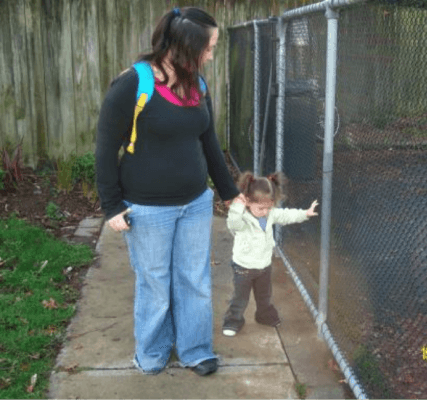
Guiding can be like being in a learning bubble
- In the learning bubble we are just moving in space and not connecting with the world,
- What do we learn?
Check with your local Resource Teacher: Vision for more information.
This resource is available for download in both Powerpoint and Word versions.

